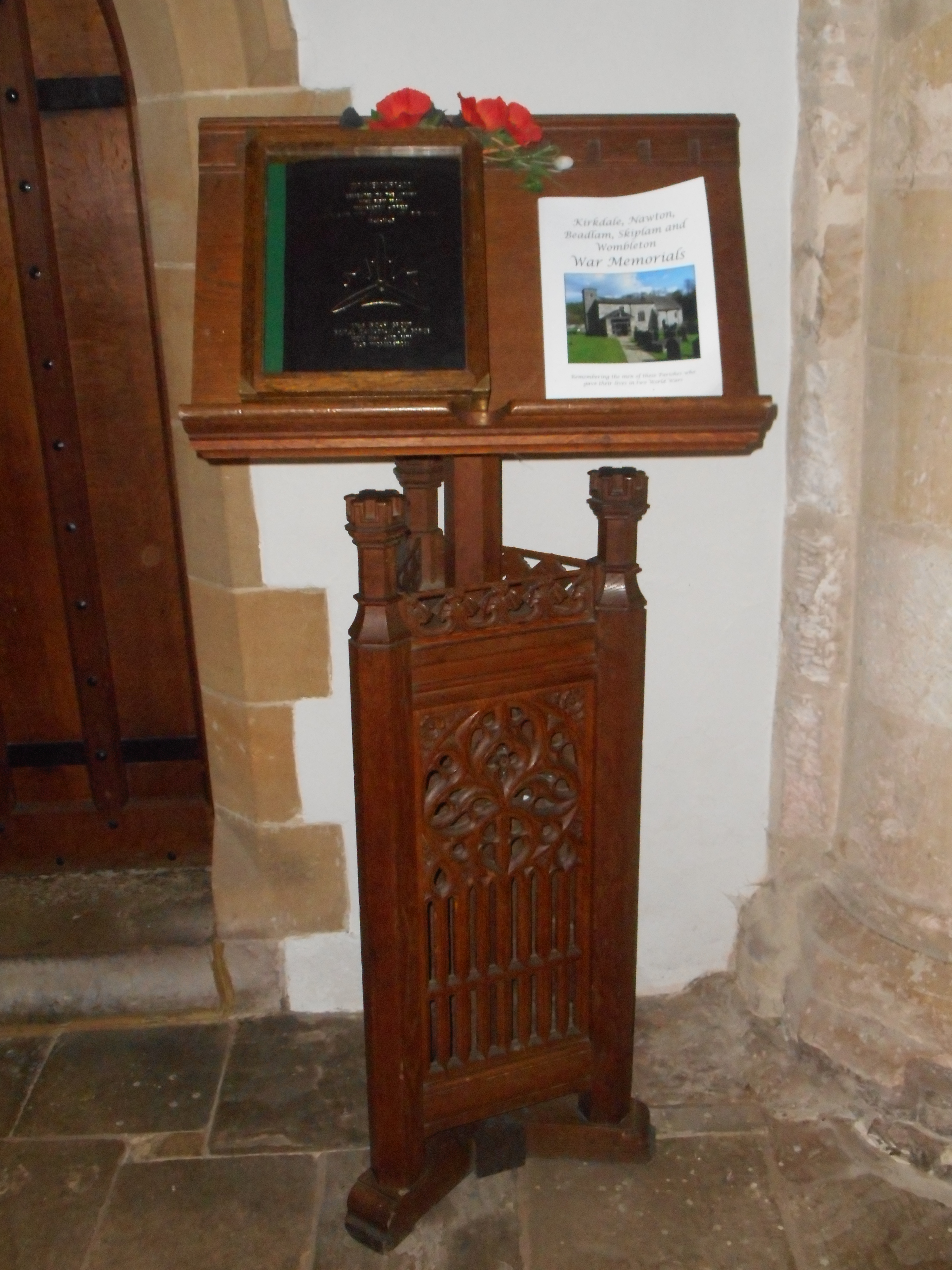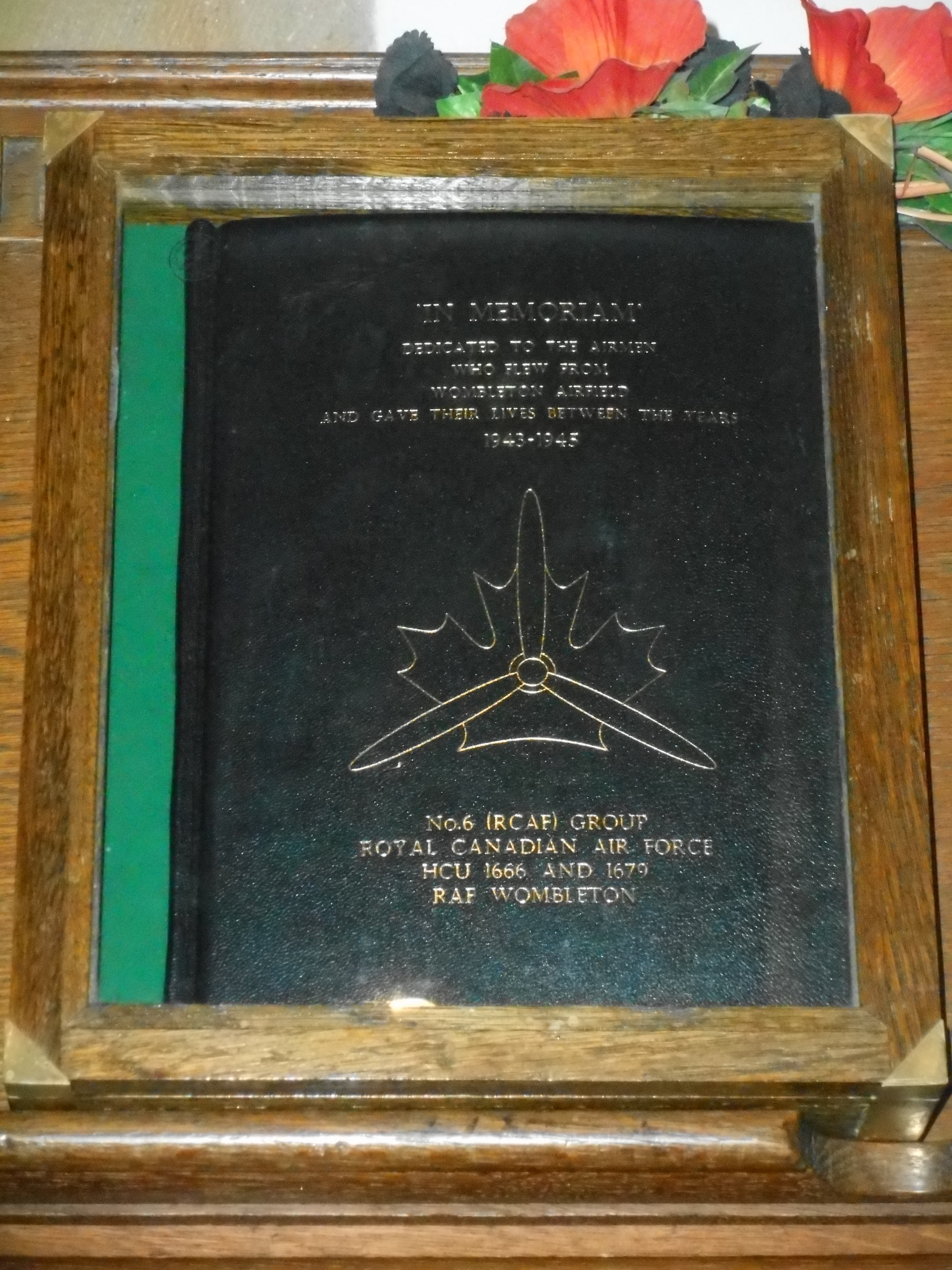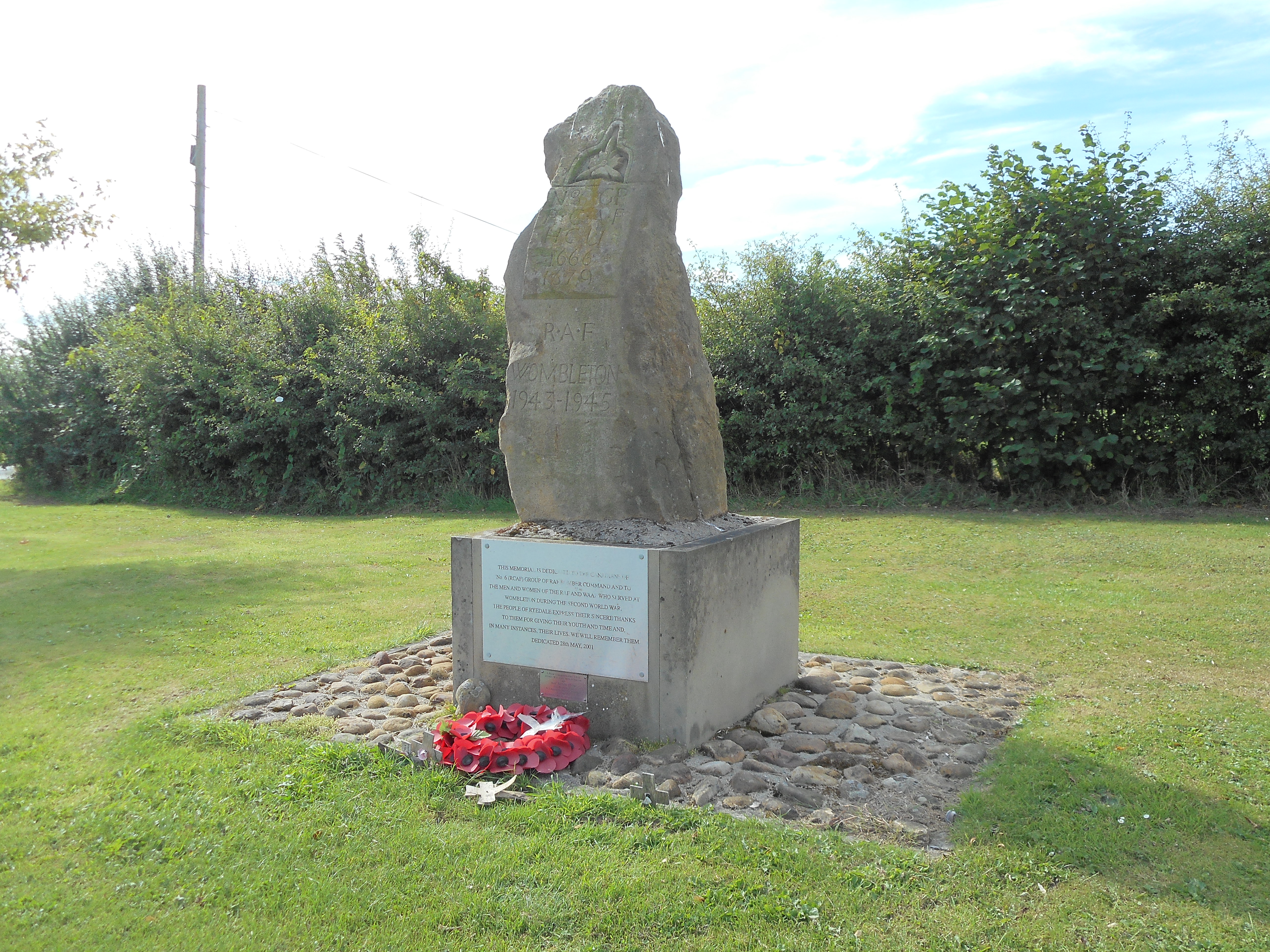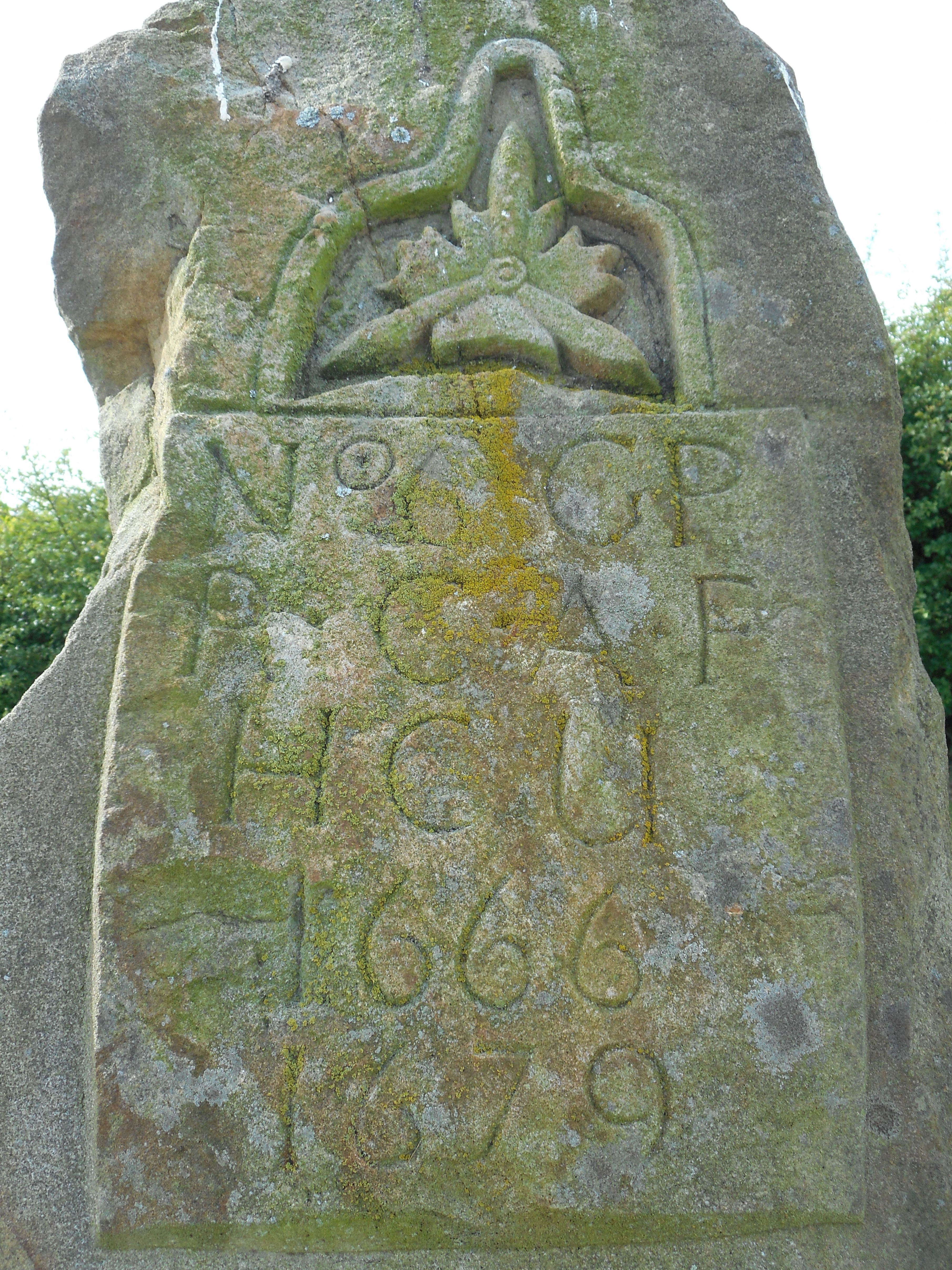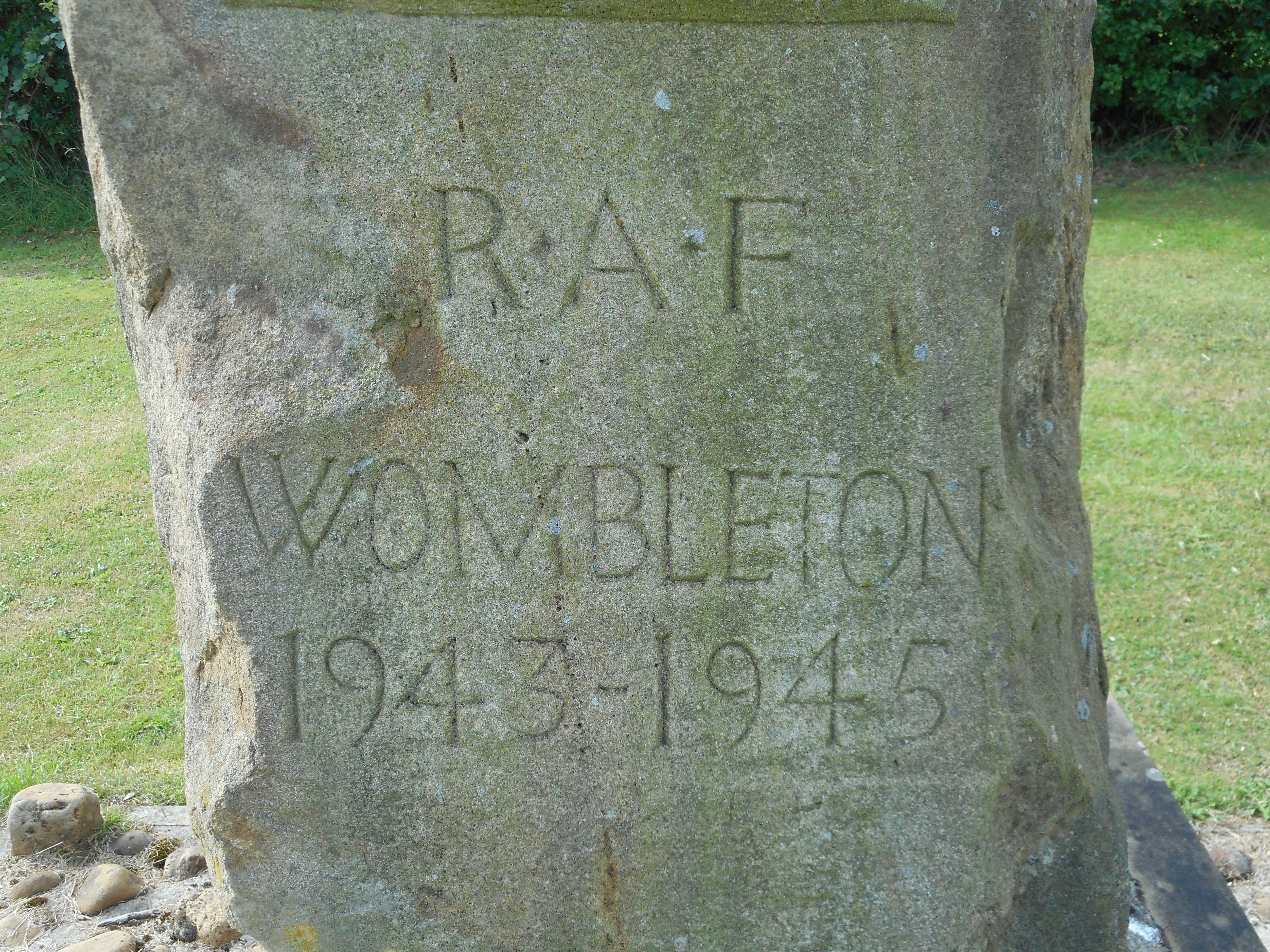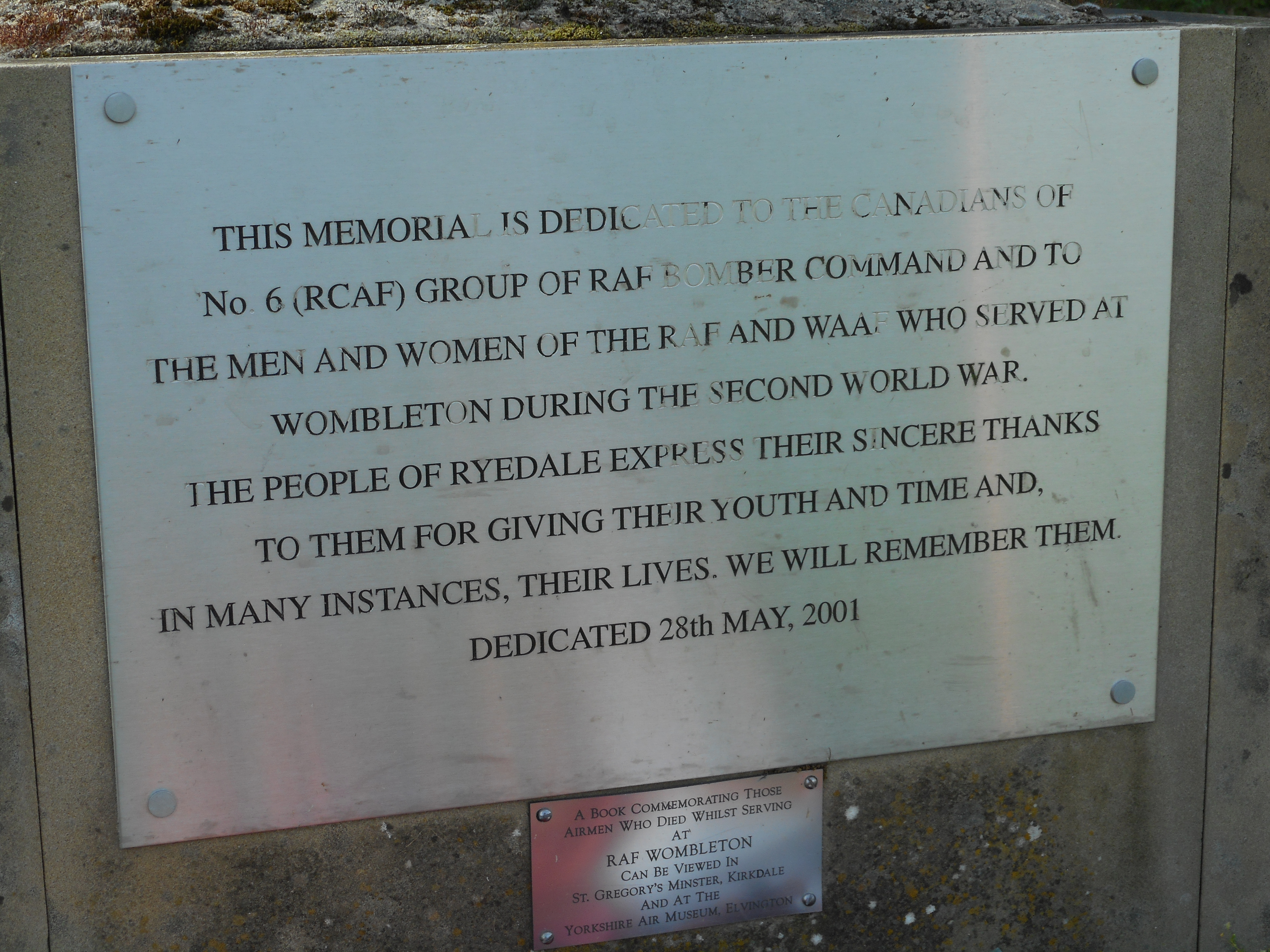Warne, Rudolph Filmore
Personal Information
| Rank | P/O |
| Forename(s) | Rudolph Filmore |
| Surname | Warne |
| Gender | M |
| Age | 20 |
| Date of Death | 08-06-1944 |
| Next of Kin | Son of Frank Warne and Helga Warne (née Halvarson), of Prince Rupert, British Colombia, Canada. |
Aircraft Information
| Aircraft | Handley Page Halifax II |
| Serial Number | LW279 |
| Markings | QY-A |
Memorial Information
| Burial/Memorial Country | United Kingdom |
| Burial/Memorial Place | Harrogate (Stonefall) Cemetery |
| Grave Reference | Sec. B. Row E. Grave 8. |
| Epitaph |
IBCC Memorial Information
| Phase | 2 |
| Panel Number | 260 |
Enlistment Information
| Service Number | J/39032 |
| Service | Royal Canadian Air Force |
| Group | 6 |
| Squadron | 1666 HCU |
| Trade | Air Gunner |
| Country of Origin | Canada |
Other Memorials
| Location | St. Gregory Minster, Kirkdale, North Yorkshire |
| Country | United Kingdom |
| Memorial Type | RoH |
| Memorial Text | A memorial to the Canadian Airmen who flew from RAF Wombleton during WW2, including 1666 HCU |
| Location | Roadside location, Wombleton, North Yorkshire |
| Country | United Kingdom |
| Memorial Type | Inscribed stone pillar and inscribed metal plaque |
| Memorial Text | A memorial to the Canadian Airmen who flew from RAF Wombleton during WW2, including 1666 HCU |
Miscellaneous Information
| Rudolph was born at Prince Rupert, British Colombia on 5 January 1924. His father was born in Manitoba and was a Dominion Fishery officer and his mother (who was deceased by the time of Rudolph's enlistment), was born in Sweden. He had a younger brother, Frank Ernest. The schools he attended were Booth Memorial 1929-1937 followed by Booth High school 1937-1942 (Arts). He worked at Prince Rupert Dry Dock and Shipyard as a welder during 1942 and 1943. Rudolph enjoyed basketball and badminton, and was also interested in fishing, swimming, gas and marine engines. |
| Rudolph enlisted on 2 February 1943. and after training was posted to the U.K. He embarked from New York on 21 January 1944, arriving at 3 PRC 31 January 1944. He was then at 24 OTU 22 February 1944, and 61 Base 12 May 1944. He sadly died on 8 June 1944 at 1666CU. |
Commonwealth War Graves Commission
Fellow Servicemen
Please note that this list gives all the losses aboard the quoted aircraft and occasionally these may have occurred on an earlier date when the aircraft was not itself lost. Please check the dates of death carefully.
Last Operation Information
| Start Date | 07-06-1944 |
| End Date | 08-06-1944 |
| Takeoff Station | Wombleton |
| Day/Night Raid | Night (98% moon) |
| Operation | Training- Bullseye detail |
| Reason for Loss | Crashed ESE of Thirsk, Yorkshire and burst into flames. A sudden deterioration in visibility was said to be a factor. |

